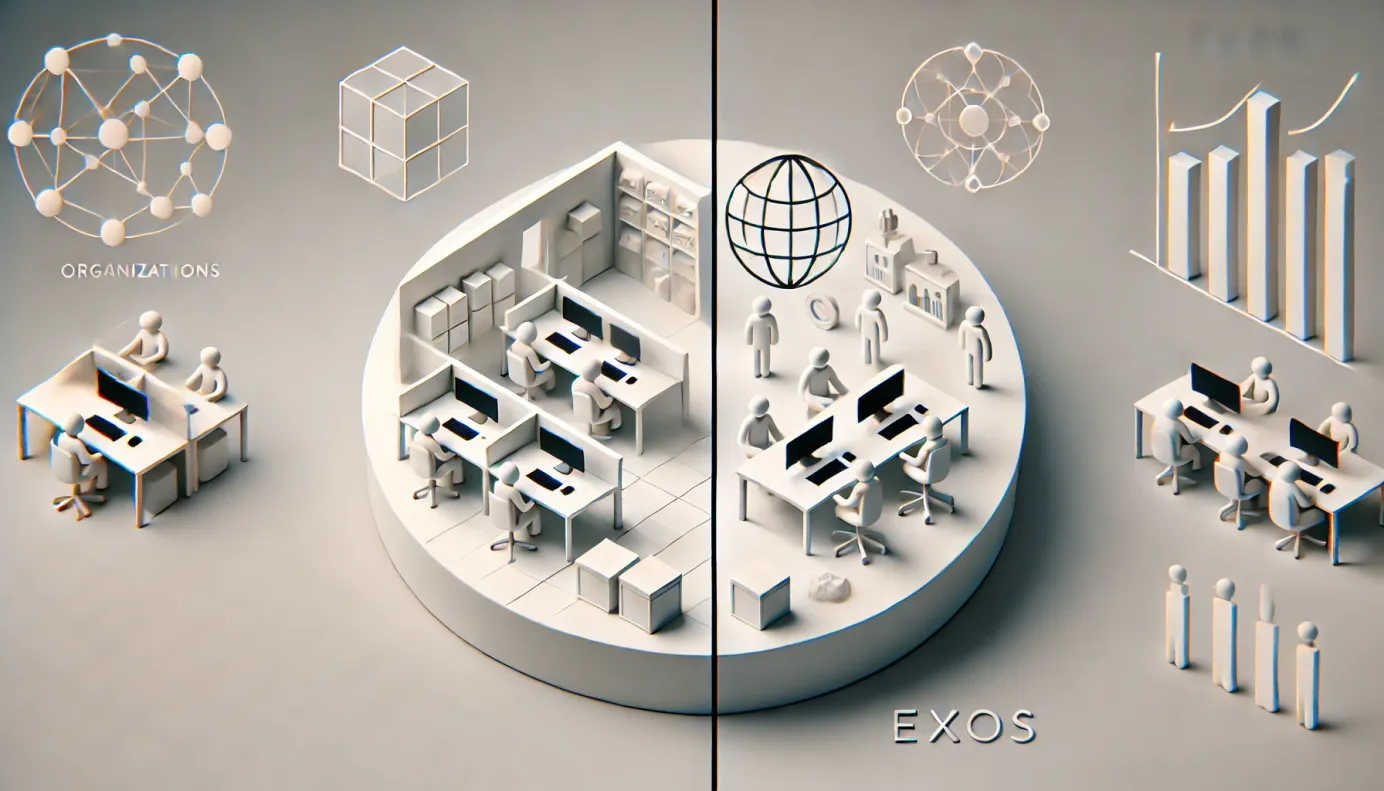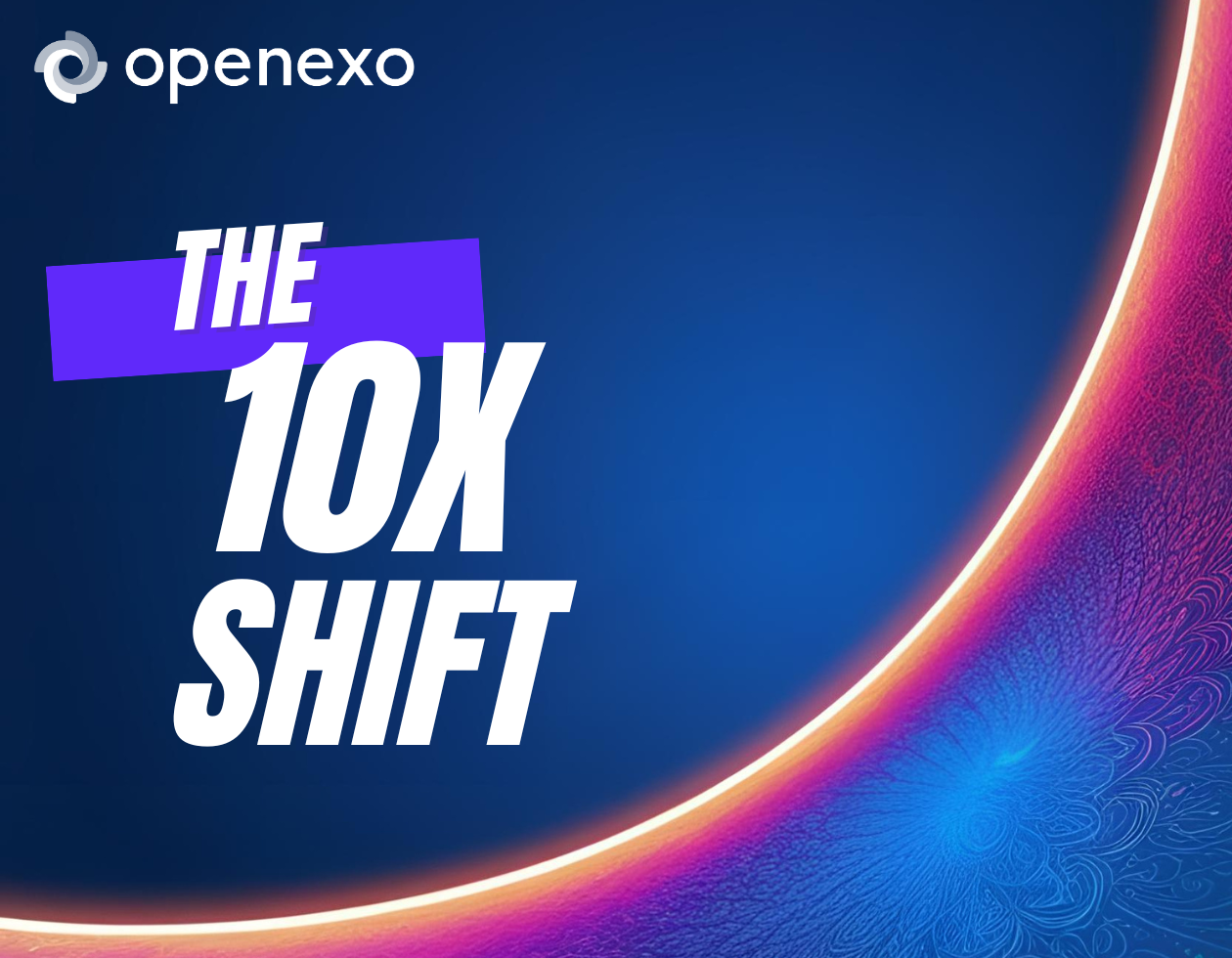
The Paradigm Shift: From Scarcity to Abundance in Exponential Organizations
The shift from a scarcity mindset to an abundance mindset is central to the transformation from traditional linear organizations to Exponential Organizations, unlocking new opportunities for innovation, growth, and impact.
In today's rapidly evolving business landscape, a fundamental shift is occurring in how organizations perceive and interact with the world around them. This shift, from a mindset of scarcity to one of abundance, is at the heart of the distinction between traditional linear organizations and the emerging model of Exponential Organizations (ExOs).
The Scarcity vs. Abundance Mindset
Historically, businesses have operated under a scarcity mindset. This perspective assumes that resources are limited, competition is fierce, and success comes at the expense of others. It leads to a focus on survival, cost-cutting, and zero-sum thinking.
In contrast, the abundance mindset, championed by ExOs, recognizes that we live in a world of plenty. This shift in perspective unlocks new possibilities and drives innovation. Let's explore how this mindset manifests in the characteristics of Exponential Organizations:
ExO Characteristics and Abundance Context
| Characteristic | Abundance Context | Traditional (Scarcity) Approach | Exponential (Abundance) Approach |
|---|---|---|---|
| MTP (Massive Transformative Purpose) | Business as a way to fulfill the Higher Self and Purpose | Focus on survival, profit, and competition | Driven by a higher purpose that inspires and transforms |
| Staff on Demand | Abundance of Opportunities and Talent | Full-time employees, limited skill set | Flexible workforce, global talent pool, specialized skills on-demand |
| Community & Crowd | Abundance of Partnership and Co-Creation Opportunities | Closed innovation, internal focus | Open innovation, leveraging external communities and crowds |
| Algorithm | Abundance of People and Super Customization Opportunities | Standardized products/services | Personalized, data-driven offerings tailored to individual needs |
| Leveraged Assets | Abundance of Assets and Resources | Ownership of all assets | Access over ownership, sharing economy, partnerships |
| Engagement | Abundance of Human Potential to be tapped | Top-down management, limited employee input | Gamification, incentive prizes, participatory culture |
| Interfaces | Abundance of Collaboration and Inter-Connection | Siloed departments, limited external connections | Seamless integration between internal and external processes |
| Dashboard | Abundance of Data, Analysis, Insight, and Decision Making | Periodic reporting, lagging indicators | Real-time metrics, leading indicators, data-driven decisions |
| Experimentation | Abundance of Ideas and Initiatives to be supported | Risk-averse, slow innovation cycles | Rapid experimentation, failing fast, continuous innovation |
| Autonomy | Abundance of Leadership | Hierarchical structure, centralized authority | Distributed authority, employee empowerment |
| Social Technology | Abundance of Communication, Teamwork, and Collaboration | Email, traditional communication tools | Social platforms, collaborative tools, transparent communication |
Let's delve deeper into these characteristics:
- Massive Transformative Purpose (MTP):
Instead of focusing solely on survival and competition, ExOs are driven by a higher purpose. They see business as a means to fulfill the higher self and make a significant impact on the world. - Staff on Demand:
Rather than viewing talent as scarce, ExOs tap into a global pool of expertise. They see an abundance of opportunities and talent, allowing them to scale rapidly and access specialized skills as needed. - Community & Crowd:
ExOs leverage the power of communities and crowds, recognizing the abundance of partnership opportunities and the potential for co-creation. This contrasts with the closed, competitive approach of linear organizations. - Algorithms:
In a world abundant with data and computing power, ExOs use algorithms to create hyper-personalized experiences and solutions, recognizing the opportunity for super-customization. - Leveraged Assets:
Instead of owning all resources, ExOs tap into the abundance of assets available through sharing economies and partnerships, maximizing efficiency and reducing overhead. - Engagement:
ExOs understand that human potential is abundant and can be unleashed through proper engagement. They create systems that motivate and inspire their workforce and community. - Interfaces:
Recognizing the abundance of collaboration opportunities, ExOs create interfaces that facilitate seamless interactions between different parts of their ecosystem. - Dashboards:
In an era of abundant data, ExOs use real-time dashboards to gain insights, make informed decisions, and continuously adapt to changing conditions. - Experimentation:
ExOs foster a culture of experimentation, acknowledging the abundance of ideas and initiatives. They're not afraid to fail fast and learn quickly. - Autonomy:
Recognizing the abundance of leadership potential, ExOs distribute authority and decision-making throughout the organization, empowering individuals and teams. - Social Technologies:
ExOs leverage social technologies to tap into the abundance of communication, teamwork, and collaboration possibilities, breaking down silos and fostering innovation.
Key Differences Between Linear and Exponential Organizations
- Growth Trajectory: Linear organizations grow... linearly. They add resources (people, assets) to achieve incremental growth. ExOs, on the other hand, leverage abundance thinking and exponential technologies to achieve exponential growth.
- Resource Utilization: Linear organizations own their resources and aim to utilize them fully. ExOs access resources as needed, tapping into a global network of assets and talent.
- Organizational Structure: Linear organizations tend to be hierarchical and rigid. ExOs are flexible, often with flat structures that allow for rapid adaptation.
- Innovation Approach: Linear organizations innovate incrementally and cautiously. ExOs encourage constant experimentation and aren't afraid of disrupting themselves.
- Purpose: While linear organizations focus primarily on profit and market share, ExOs are driven by a Massive Transformative Purpose that goes beyond financial gains.
- Decision Making: Linear organizations rely on top-down decision making. ExOs distribute authority and use real-time data to inform decisions at all levels.
- Technology Adoption: Linear organizations view technology as a tool. For ExOs, technology is a fundamental driver of growth and innovation.
Conclusion
The shift from a scarcity mindset to an abundance mindset represents a fundamental change in how organizations operate and grow. By embracing the principles of Exponential Organizations, companies can tap into previously unimaginable resources, innovate at unprecedented rates, and create value on a global scale. As we move further into the 21st century, the ability to recognize and leverage abundance will likely become a key differentiator between thriving, forward-thinking organizations and those left behind in the linear world.
ExO Insight Newsletter
Join the newsletter to receive the latest updates in your inbox.









